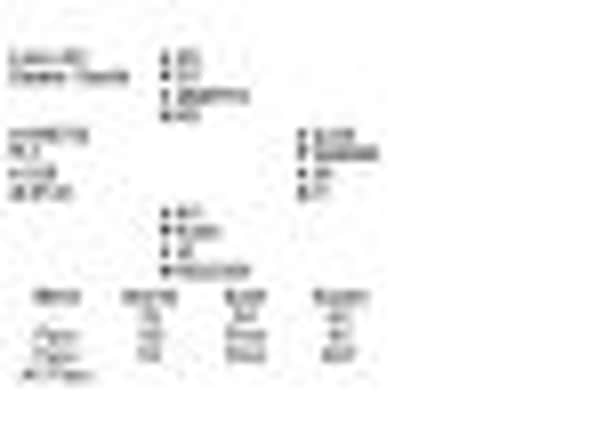Bridge - The Scotsman 21/03/2012


East’s intervention made things difficult, but North-South did well. South’s 4C bid showed a long suit (with a more balanced hand he makes a value-showing double), as did North’s 4D rebid. South’s 4S was not a natural call – with spades he would not bid 4C over 3H, he would either bid spades or double. 4S is a cuebid, telling partner two things: he is interested in slam, and he has control of the spade suit. North’s 5C did not show primary support – he would raise clubs immediately, or, with extras, make an encouraging nose with 4H. (This cuebid of the opponent’s suit does not promise a control, but does show a hand too good for a simple raise to 5C.) Here 5C promised a high card in partner’s suit, either the ace or the king. South could now count six club tricks, and partner’s diamonds should provide enough for slam. He considered 6C, in case partner’s suit was not solid and he needed to establish it with a ruff. But in that case partner should have outside values in spades, and there was a greater danger: West might lead a singleton heart and make a heart ruff. So South bid 6NT to protect his king of hearts.